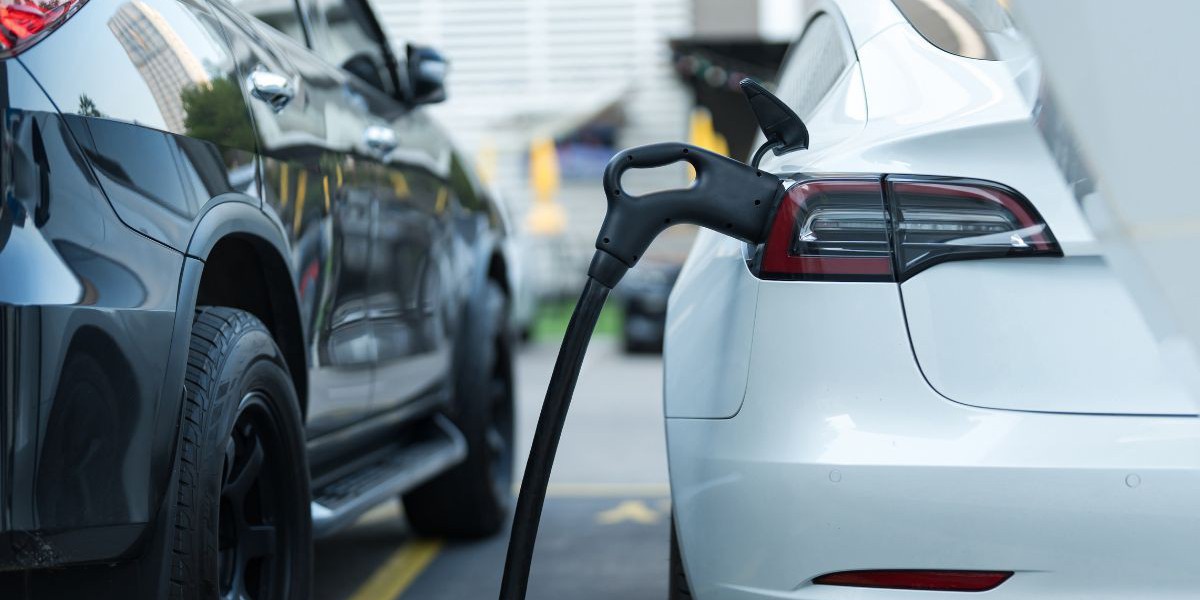The Australia electric car market attained a volume of 230.97 thousand units in 2024, driven by the government’s support to popularize electric vehicles (EVs). The market is projected to grow at a compound annual growth rate (CAGR) of 17.60% from 2025 to 2034, with an estimated volume of 1,168.50 thousand units by 2034. This growth trajectory is fueled by increasing environmental awareness, advances in EV technology, and favorable government policies aimed at reducing carbon emissions and promoting sustainable transportation options. As Australia embraces the transition toward a greener future, the electric car market is set to witness substantial expansion in the coming years.
Key Drivers of Growth in the Electric Car Market
Government Support and Incentives: One of the key factors driving the growth of the electric car market in Australia is the government's increasing support for the adoption of electric vehicles. Incentives such as rebates, tax credits, and grants for both consumers and manufacturers are playing a crucial role in making EVs more affordable. Additionally, governments at both the federal and state levels are offering subsidies to buyers of electric cars, helping to offset the higher initial purchase price compared to traditional combustion engine vehicles.
Beyond financial incentives, several government initiatives are also aimed at expanding the necessary infrastructure, such as the rollout of electric vehicle charging stations across the country. As these efforts continue to gain momentum, they are expected to drive a broader shift towards electric mobility.
Environmental Concerns and Carbon Emission Reduction: Growing environmental concerns, especially regarding air pollution and the global climate crisis, are compelling many consumers and businesses to explore cleaner transportation alternatives. Electric vehicles, with their zero-emission performance, offer a solution to reduce the carbon footprint of the transportation sector. As Australia works to meet its carbon reduction targets under international agreements, transitioning to electric mobility is seen as a key strategy in curbing greenhouse gas emissions and improving air quality, particularly in urban areas.
Advancements in EV Technology: Improvements in electric vehicle technology are making EVs more attractive to consumers. Battery technology has seen significant advances in recent years, resulting in longer driving ranges, faster charging times, and improved overall efficiency. The development of affordable and high-performance batteries is crucial to the widespread adoption of electric cars, and manufacturers are continuously investing in research and development to make EVs more accessible to the average consumer.
Lower Operating Costs: Electric vehicles offer lower operating costs compared to traditional gasoline or diesel-powered vehicles. EVs have fewer moving parts, resulting in less frequent maintenance and lower repair costs. Moreover, electricity is generally cheaper than petrol or diesel, which means that driving an electric car can be more economical in the long term. As fuel prices rise and consumers become more cost-conscious, the affordability of EVs' running costs presents a strong incentive for switching to electric mobility.
Consumer Awareness and Changing Preferences: As consumer awareness of the benefits of electric vehicles grows, more individuals are making the shift towards EVs. In addition to environmental benefits, EVs are increasingly being seen as a symbol of modernity and innovation. Younger consumers, in particular, are driving demand for cleaner, more sustainable products, and this shift in consumer behavior is contributing to the growing popularity of electric cars.
Corporate Fleets Going Green: Many businesses in Australia are transitioning their vehicle fleets to electric cars as part of their sustainability strategies. As corporations seek to reduce their carbon footprints and meet sustainability targets, electric cars offer an ideal solution for minimizing emissions. Fleet operators are also attracted to EVs for their lower total cost of ownership, including savings on fuel and maintenance.
Challenges to Market Growth
High Upfront Costs: Despite the long-term savings on fuel and maintenance, the initial purchase price of electric cars is still higher than that of conventional vehicles. While government incentives help offset some of the cost, the price gap remains a barrier for many consumers. Although the cost of EVs is expected to decrease as battery technology advances, the higher upfront cost continues to be a significant challenge in driving widespread adoption.
Limited Charging Infrastructure: The availability of charging stations remains one of the main challenges in the widespread adoption of electric vehicles. While the government and private companies are making strides in building a comprehensive EV charging network, the current infrastructure is still limited compared to the extensive network of petrol stations available for traditional vehicles. Range anxiety—concern about running out of battery power without access to a charging station—can deter potential EV buyers, particularly in rural areas or along regional routes where charging infrastructure is scarce.
Battery Lifecycle and Recycling: Although advancements in battery technology have improved the performance and lifespan of electric vehicle batteries, concerns remain about the long-term sustainability of battery production and disposal. As the adoption of electric cars increases, so too will the demand for battery materials such as lithium, cobalt, and nickel. Ensuring a sustainable supply of these materials and developing effective recycling methods for used batteries will be crucial in mitigating the environmental impact of EV production.
Range and Charging Time: While the driving range of electric vehicles has significantly improved, some consumers still perceive range as a limitation compared to conventional vehicles. Although many new EV models offer ranges sufficient for daily driving, long-distance travel remains a concern for some drivers. Additionally, charging times for electric vehicles, while improving, still lag behind the refueling times of traditional cars, making long journeys less convenient for some drivers.
Future Trends in the Electric Car Market
Growth of Affordable EV Models: As automakers invest in electric vehicle production, more affordable EV options are expected to enter the market. While luxury brands have led the way in EV adoption, mainstream manufacturers are now prioritizing the development of affordable electric models to reach a broader audience. This shift will make EVs more accessible to everyday consumers and accelerate market growth.
Autonomous Electric Vehicles: The integration of autonomous driving technologies with electric vehicles could further boost the popularity of EVs in Australia. Self-driving electric cars have the potential to offer consumers enhanced convenience, safety, and efficiency. While fully autonomous vehicles are still in the testing phase, the combination of EVs and autonomous technologies is expected to shape the future of the automotive industry.
Vehicle-to-Grid (V2G) Technology: Vehicle-to-grid technology, which allows electric vehicles to return electricity to the grid, is an emerging trend that could transform the way energy is managed. V2G-enabled electric vehicles can help stabilize the power grid by supplying energy during peak demand periods. This innovation could further integrate electric cars into Australia's renewable energy ecosystem and contribute to a more sustainable energy system.
Electric Vehicle Sharing: With the rise of car-sharing services and ride-hailing platforms, electric vehicles are expected to play a key role in shared mobility solutions. Consumers and businesses alike are looking to reduce vehicle ownership costs while promoting sustainability. The introduction of electric car-sharing services in urban areas could accelerate the adoption of EVs, especially for people who only need occasional access to a car.








